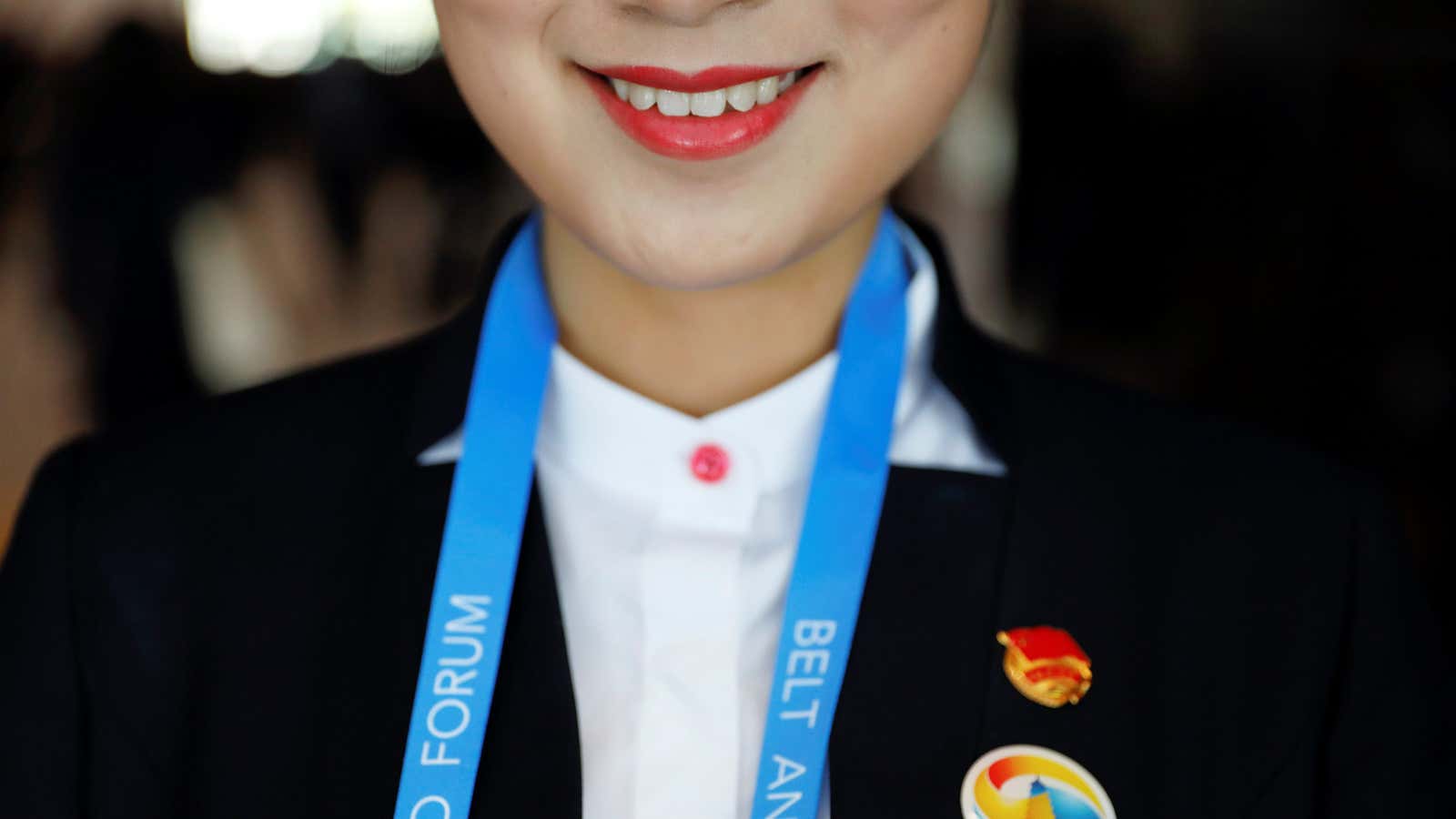In the US, the growing gap between the rich and the poor is now so entrenched that it shows up just about everywhere, even in something as simple as a smile.
A large portion of American spending on dental work is now cosmetic procedures (paywall) for the wealthy—including extravagant splurges on $1,000-a-pop veneers, “gum contouring,” and even $80,000 dental makeovers (paywall) to achieve the flash of perfection when a patient cracks that Hollywood smile. At the other end of the spectrum are the millions of Americans who can’t afford the dental care for basic procedures like root canals and crowns—like Kyle Willis, a 24-year-old uninsured American who died from a toothache in 2011.
For the third of Americans who struggle to access the most basic dental care, the problem largely boils down to cost. That’s partly because a large swath of the country doesn’t have dental insurance, which forces many to pay out of pocket, rely on charity and emergency care, or leave their teeth to decay. Even those who are insured are often only covered for routine cleanings, putting the burden on patients to pay for sizable chunks of fillings, crowns, and other needed treatments.
The problem is aggravated by a lack of access. As more dentists have gravitated toward high-end dental work (paywall), fewer take Medicaid, which has low payouts for care providers, or serve rural and impoverished areas that need them the most. For instance, while the Washington region has one of the highest concentrations of dentists in the world, offering high-end services, around 50 million Americans reside in areas with official shortages (pdf) of dental health professionals.
Many lower-income Americans end up turning to voluntary pop-up clinics that churn through patients, according to a report in the Washington Post this week on the country’s massive dental crisis. A clinic in Salisbury, Maryland recruited over 100 dentists to treat more than 1,000 people on a first come, first served basis over 48 hours. “It’s like a Third World country,” one patient told the Post, after her panoramic X-ray and extraction, which would cost $600 to $800 in a regular dentist’s office.
The class divide is particularly evident when looking at tooth decay, with the lowest-income Americans suffering at four or five times the rate of untreated tooth decay as wealthier ones in the same age bracket.
This health disparity is even starker when factoring in race. Black Americans aged 20-44 years, earning below $23,050, had nearly double the rate of tooth decay (41.4%) as whites in that same age and income group. Tooth decay for Hispanics in that category stood at 35%. Asian Americans in that age and income bracket were the opposite; they had less tooth decay than whites.
Racial inequality shows up in children’s teeth, too. Mary Otto, author of The Story of Beauty, Inequality, and the Struggle for Oral Health in America, notes (paywall) that while one-third of white children go without dental care, that figure is closer to one-half for black and Latino children.
